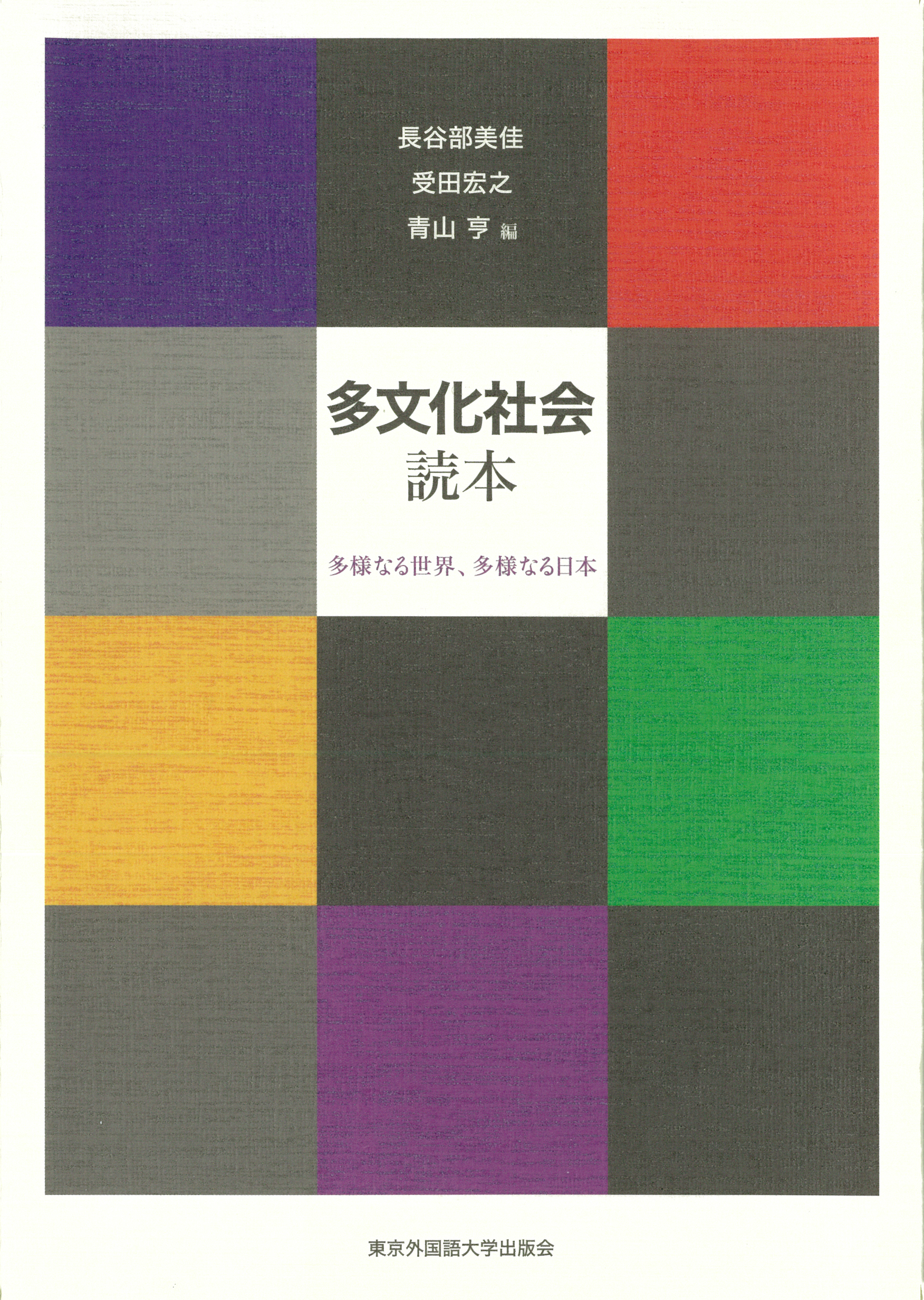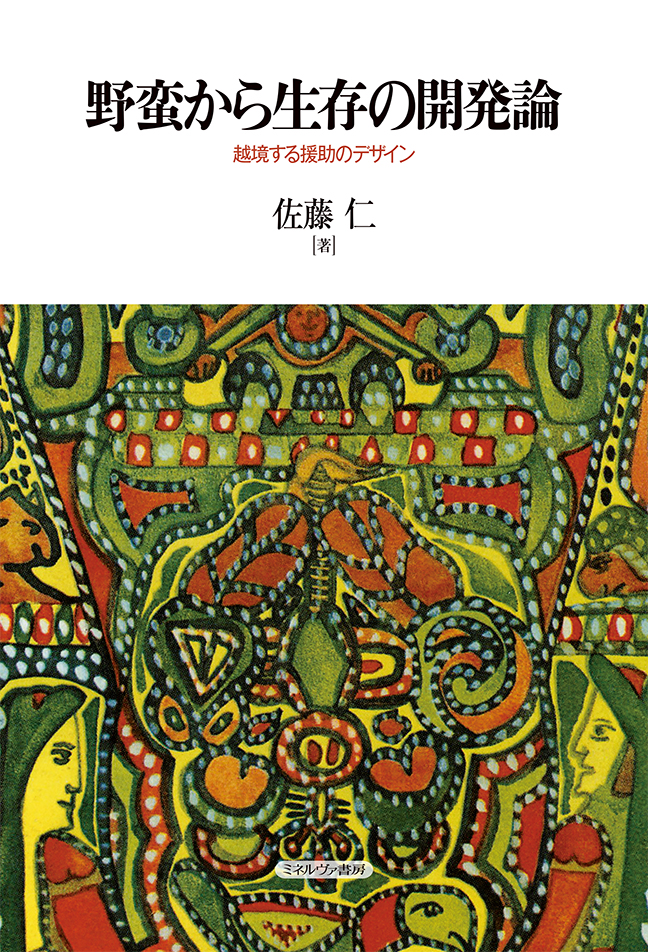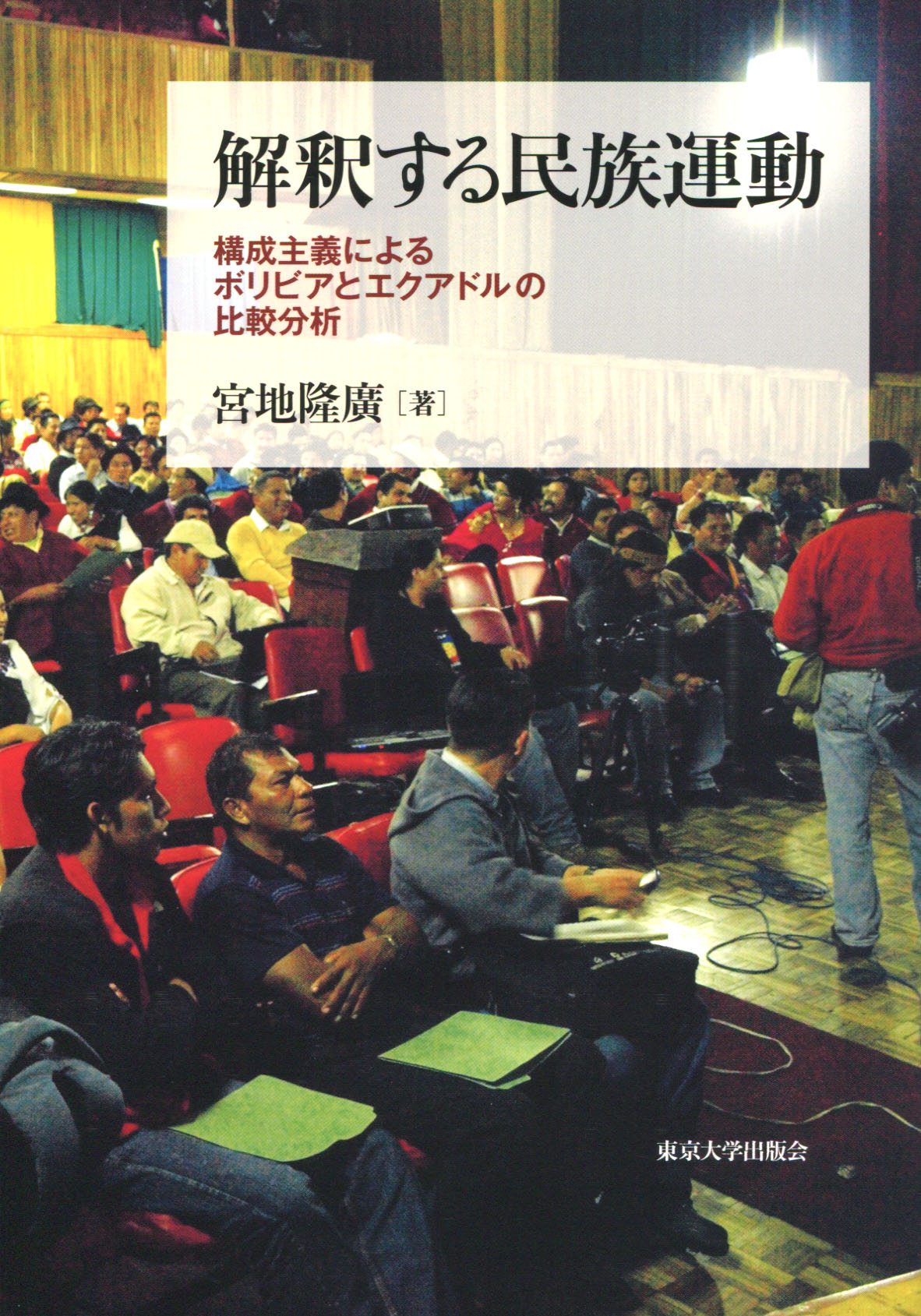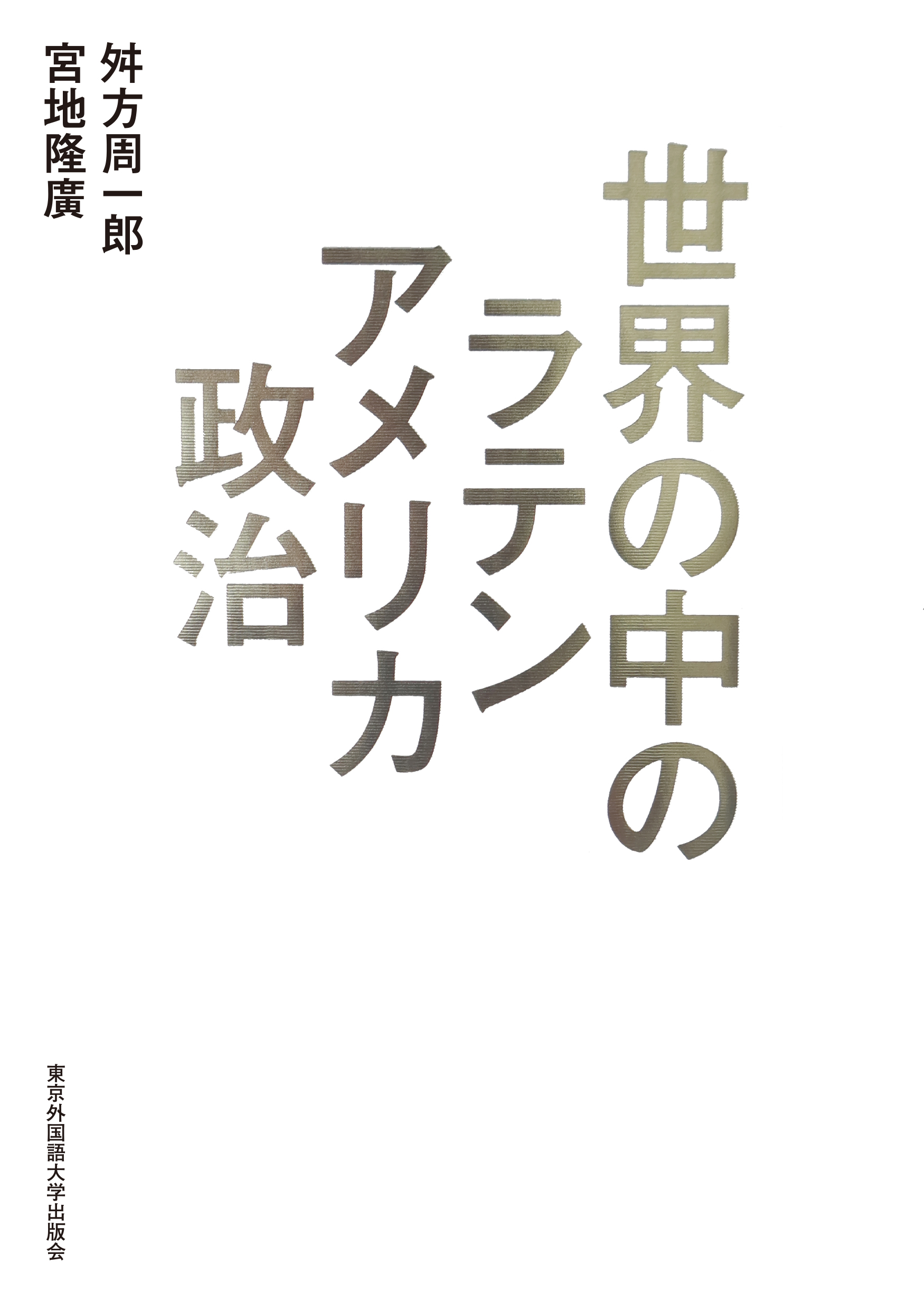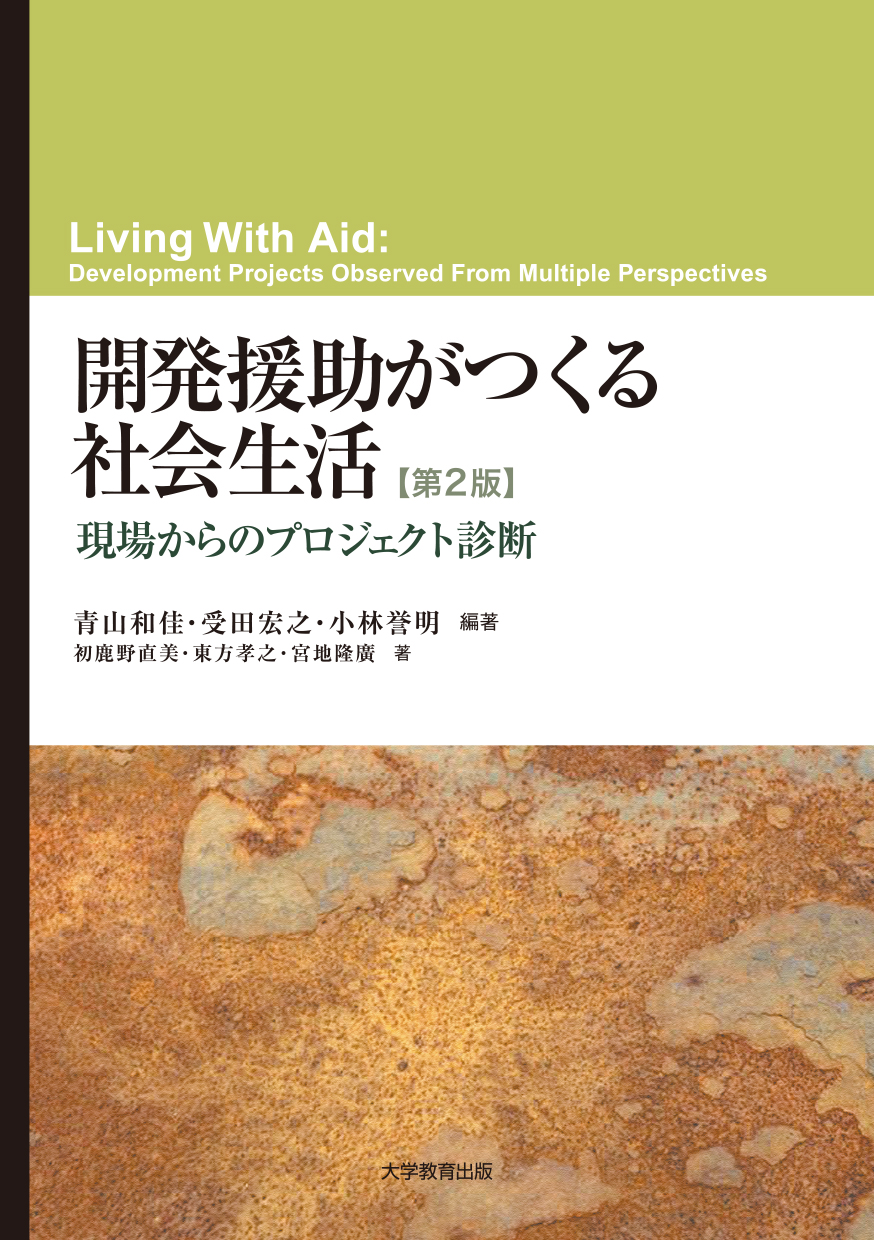
Title
Kaihatsu-Enjo ga tsukuru Shakai-Seikatsu (Living with Aid: Development Projects Observed from Multiple Perspectives)
Size
260 pages, A5 format
Language
Japanese
Released
December 25, 2017
ISBN
978-4-86429-484-3
Published by
University Education Press
Book Info
See Book Availability at Library
Japanese Page
At first glance, this book may appear to be a “development studies” text, and it certainly can be used in this way. However, what the six of us as authors attempted through this book was to discuss the fundamental question, “What is the act of using academic disciplines to understand reality?” Here, by “academic discipline” in the narrow sense, we mean the individual disciplines in which we obtained our postgraduate degrees – economics, political science, law, and international cooperation – but, more broadly, we are also referring to the transcendence of disciplinary boundaries through intellectual exchange with other fields as well as the creation of new fields of study. The “reality” that this book deals with refers to the actual situations and facts that come into play at the sites of individual development projects. We were careful to maintain an awareness of whose perspective “understood” this reality.
When we produced the first edition, all of us were young researchers, in the sense that we either had only recently completed a degree or were about to do so. Part of what makes this book unique is our inclusion of the perspectives of first-time fieldwork and the fieldwork that continues after graduation. Our fieldwork spanned six countries across Asia and Latin America, and as the title implies, much of it consisted of surveys we conducted in close proximity to the “social lives” of aid beneficiaries. At the time, gaining access to these field sites was a challenge in itself. However, nowadays, each field site can be “viewed” relatively easily on the internet, with Google Earth even offering the ability to use aerial photographs to witness changes in scenery over time. Thus, “viewing” sites has become considerably easier than before, and if we wish to actually go to these sites, there is nothing stopping us from “going.” It is particularly interesting that young readers with the desire to take part in activities like development, support, or social enterprise can now “view” with the help of the internet or “go” even physically to these places remarkably easily. But how about the ability to “hear” or “touch” them?
What we would like to tell young readers is this: do not forget the unique tangible aspects of the individuals who you are trying to aid or support. You are likely aware of the Sustainable Development Goals (SDGs) adopted at the United Nations General Assembly in September 2015. These comprise 17 big goals and 169 targets. Development activities are likely to continue. This is precisely why we do not want tomorrow’s “experts” who will be involved in designing aid frameworks to forget to be continuously self-reflective. What is happening at aid sites is complex. Of course, we cannot analyze this without determining what to observe there. Meanwhile, however, we must have the humility to acknowledge what kind of disciplinary lens we are using, what we do or do not observe, and what we are able or unable to understand. With these sentiments in mind, this second edition is our small gift to our readers.
(Written by AOYAMA Waka, Professor, Institute for Advanced Studies on Asia / 2018)



 Find a book
Find a book


 eBook
eBook